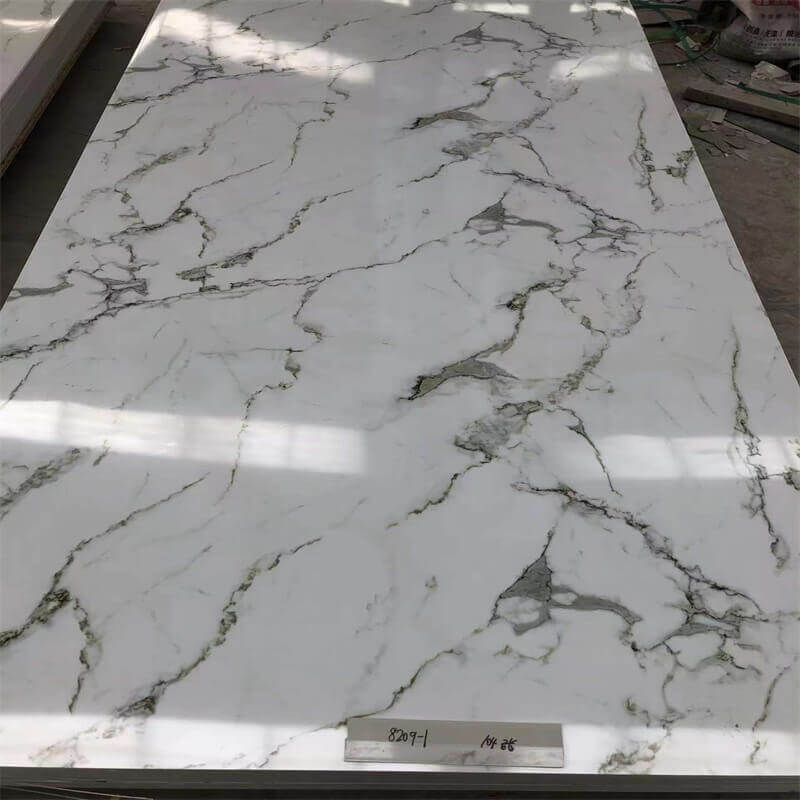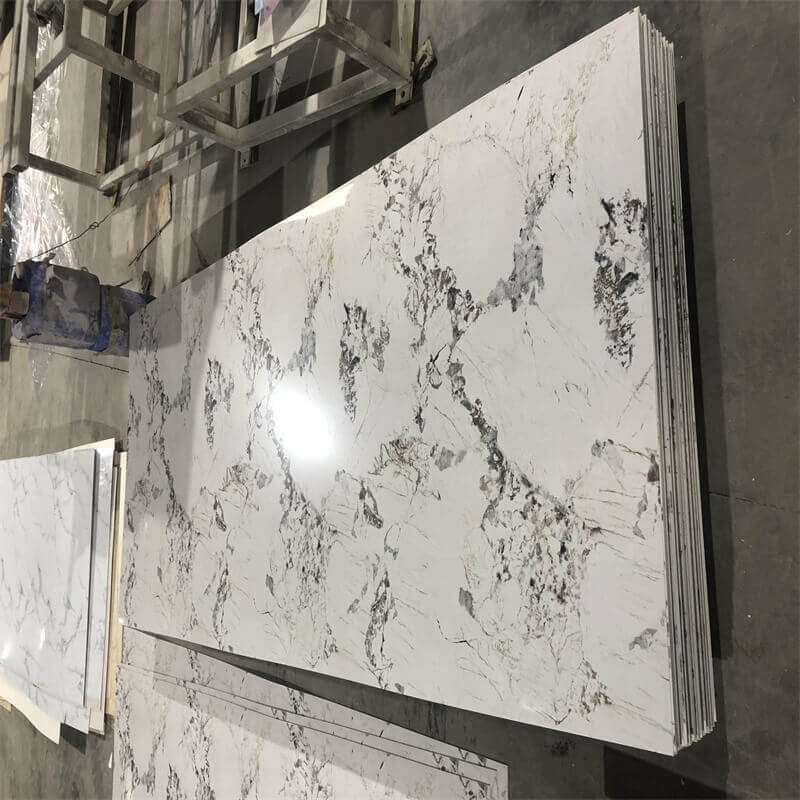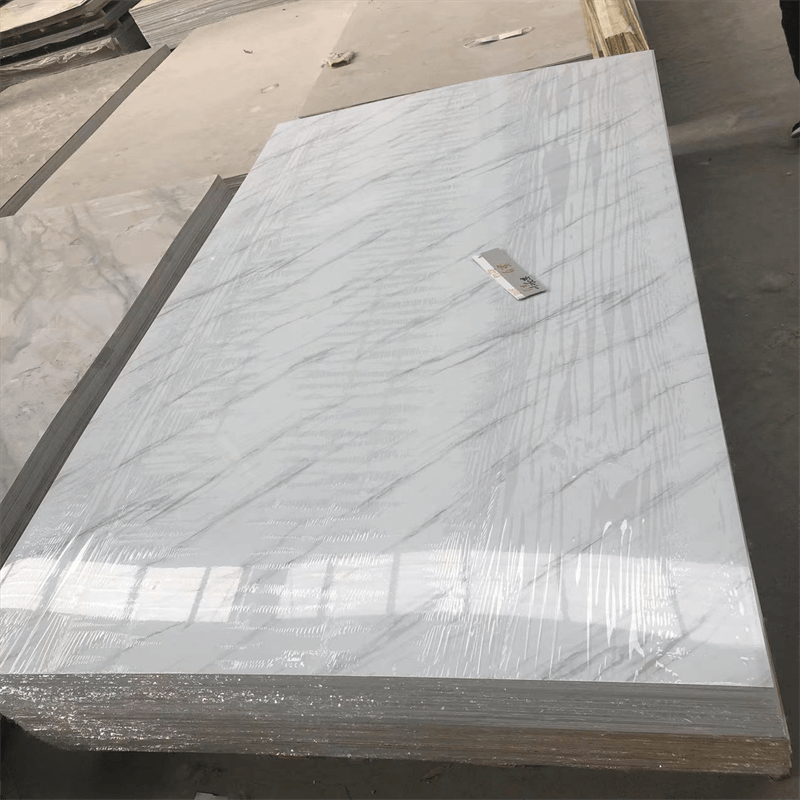
PVC (polyvinyl chloride) panels have become a popular choice in construction and interior design projects due to their versatility,
cost-effectiveness, and aesthetic appeal.
However, one aspect that often leaves consumers puzzled is the fluctuating prices of PVC panels.
Understanding the reasons behind these price fluctuations can help buyers make informed decisions,
budget effectively, and navigate the ever-changing market dynamics.
In this article, we will delve into the secrets behind fluctuating PVC panel prices, the key factors influencing these price variations,
the impact of market forces, and strategies for dealing with price fluctuations to ensure a successful and budget-conscious project.
The Factors Influencing PVC Panel Prices
Raw Material Costs One of the primary drivers of PVC panel prices is the cost of raw materials used in their manufacturing process.
PVC is derived from petroleum or natural gas, and changes in the prices of these raw materials can directly impact the overall cost of producing PVC panels.
Fluctuations in crude oil prices or supply chain disruptions can lead to price variations in PVC panels.
Manufacturing and Technology The technology and manufacturing processes employed by PVC panel producers can influence their prices.
Manufacturers investing in advanced machinery and efficient processes may be able to offer more competitive prices,
while those using older or less efficient methods may have higher production costs, resulting in higher prices for their panels.
Design and Aesthetics The design and aesthetics of PVC panels also play a role in price fluctuations.
Panels with intricate patterns, textures, or realistic wood grain finishes may command higher prices than simpler or plain designs.
The choice of design can also be influenced by trends in the interior design and architecture industries.
Panel Thickness and Size The thickness and size of PVC panels can impact their prices.
Thicker panels are generally more durable and suitable for high-traffic areas, but they may cost more due to the additional raw materials required.
Larger panels can cover more surface area efficiently, but they may also incur higher transportation and handling costs.

Market Forces and Demand-Supply Dynamics
Supply and Demand The law of supply and demand is a significant driver of PVC panel price fluctuations.
When demand for PVC panels exceeds supply, prices tend to rise due to scarcity.
Conversely, when there is excess supply, prices may decrease to attract buyers.
Market demand can be influenced by factors such as construction trends, housing market conditions, and the overall state of the economy.
Currency Exchange Rates For international buyers and suppliers, currency exchange rates can impact PVC panel prices.
A weaker currency for the buyer may increase the cost of importing panels, while a stronger currency can lead to more favorable pricing.
Currency fluctuations can add an additional layer of complexity to price variations.
Geopolitical Events and Trade Policies Geopolitical events and trade policies can also affect PVC panel prices.
Political tensions, trade wars, or changes in international trade agreements can disrupt the supply chain and lead to fluctuations in raw material costs or import-export tariffs,
subsequently impacting PVC panel prices.
Strategies for Dealing with Price Fluctuations
Timely Purchases For projects with flexible timelines, monitoring market trends and purchasing PVC panels during periods of lower prices can result in cost savings.
Being attentive to market cycles and purchasing when prices are relatively stable can help secure the best deals.
Bulk Purchases and Negotiations Consider negotiating with suppliers for discounts on bulk purchases.
Suppliers may be willing to offer better prices for larger orders, helping to mitigate the impact of price fluctuations.
Local Sourcing Choosing local suppliers can reduce the impact of currency exchange rates and international transportation costs.
Local suppliers may also be more attuned to regional market trends, resulting in potentially more stable pricing.
Diversified Suppliers Relying on a diverse range of suppliers can provide flexibility when it comes to purchasing PVC panels.
Different suppliers may offer varying prices and promotions, allowing buyers to source panels from the most cost-effective options at any given time.

Making Informed Decisions
Research and Due Diligence Conduct thorough research and due diligence when selecting suppliers for PVC panels.
Investigate the reputation and track record of potential suppliers, and request quotes with a detailed breakdown of costs to make informed comparisons.
Quality Considerations While price is a crucial factor, don’t overlook the quality of PVC panels.
Investing in high-quality panels, even if they come with a slightly higher price tag,
can lead to long-term cost savings through enhanced durability and reduced maintenance expenses.
Anticipate Market Trends Keep an eye on industry news and economic indicators to anticipate potential market trends that could impact PVC panel prices.
Staying informed about economic developments can help you make proactive decisions regarding your purchasing strategy.
Fluctuating PVC panel prices are influenced by a combination of factors, including raw material costs, manufacturing processes, design and aesthetics,
supply and demand dynamics, currency exchange rates, and geopolitical events.
By understanding these factors and staying informed about market trends, buyers can make informed decisions, maximize value,
and navigate price fluctuations effectively. Prioritizing quality, considering strategies for dealing with price variations,
and conducting due diligence when selecting suppliers will help ensure a successful and budget-conscious PVC panel project,
delivering a space that is both aesthetically appealing and financially prudent.
